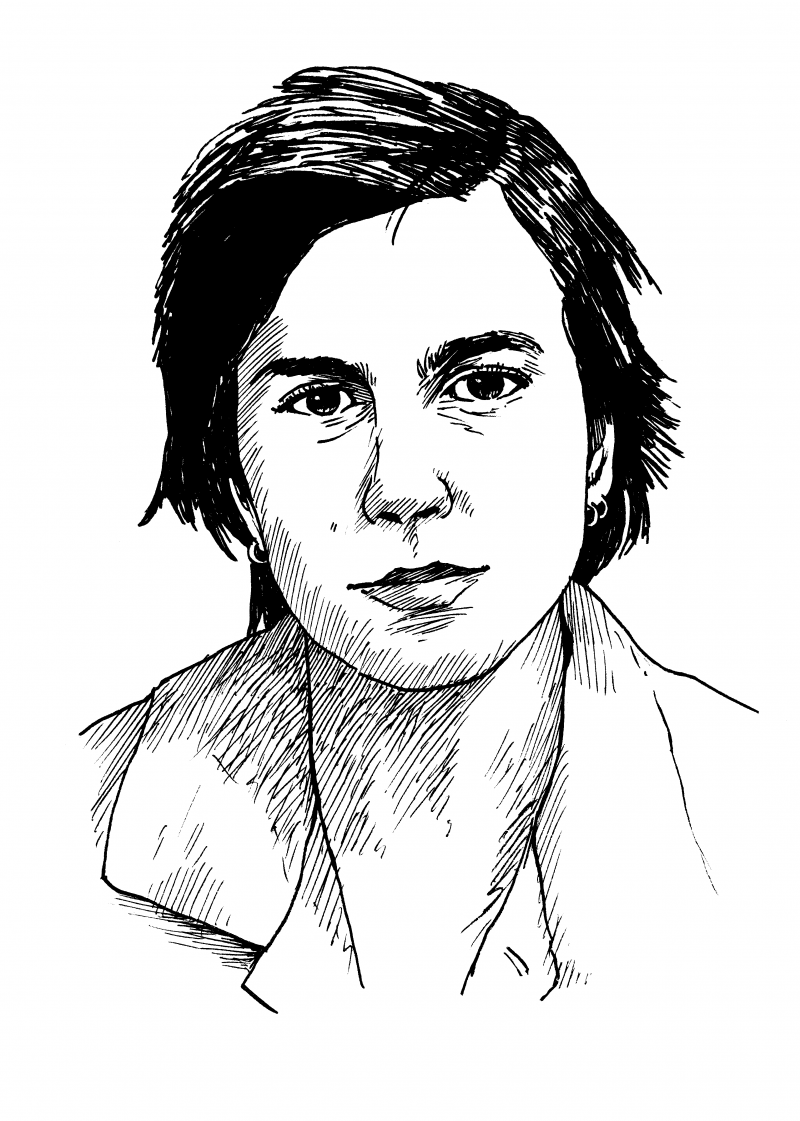Alfred Kinsey and his researchers conducted over eighteen thousand interviews throughout the 1930s, ’40s, and ’50s. He published Sexual Behavior in the Human Male in 1948, followed by Sexual Behavior in the Human Female in 1953. Kinsey’s sex histories attempted to determine where subjects fell on a scale from zero (exclusive heterosexuality) through six (homosexuality). Since the Kinsey interviews are structured around a binary conception of gender, the scale collapses if the subject opts out of male or female identification (i.e., How can I be homosexual if I fuck women of many anatomies and I myself am neither a man nor a woman?). While the scale offers a limited framework in hindsight, the published reports shifted public understanding of intimate sexual life. The perverse was revealed to be widespread.
I gave myself a version of Alfred Kinsey’s sexual history exam on September 1, 2017, at my parents’ apartment in Brooklyn, New York. The scope of the interview was abridged for the sake of length. The examiners of the original test were instructed to organically cover a list of topics rather than follow a scripted questionnaire, and so I did the same. As the subject, I was forced to counter the interviewer’s underlying assumptions with accounts of my experiences. As the interviewer, I was wedded to the ideology of the questions. The conflict between them felt familiar. It happens inside me all the time. —Grace Simonoff Dunham
Questioner: What is your sex?
GRACE SIMONOFF DUNHAM: I was assigned female at birth. I have a vagina. And a uterus and all that stuff. But I don’t presently identify as a female. I don’t identify as a man either. I’m neither.
Q: How old are you, Grace?
GSD: I’m twenty-five years old.
Q: Where were you born?
GSD: In New York City. In downtown Manhattan.
Q: What is your race, Grace?
GSD: I’m white. My mother is an Ashkenazi Jew. Family from Russia and Hungary. So I guess they assimilated into whiteness in the first half of the twentieth century. And my father is Anglo. His ancestors came to the United States on the Mayflower. So I am very much a white person.
Q: Did you grow up with money, Grace?
GSD: We were never in crisis. They started to make more money right before I was born. The art market changed in the ’80s and it became a thing that people could actually make money at. Not everyone, of course. But they started doing pretty well. My parents and their friends aren’t good at saving money. They spend what they have and...
You have reached your article limit
Sign up for a digital subscription and continue reading all new issues, plus our entire archives, for just $1.50/month.
Already a subscriber? Sign in





